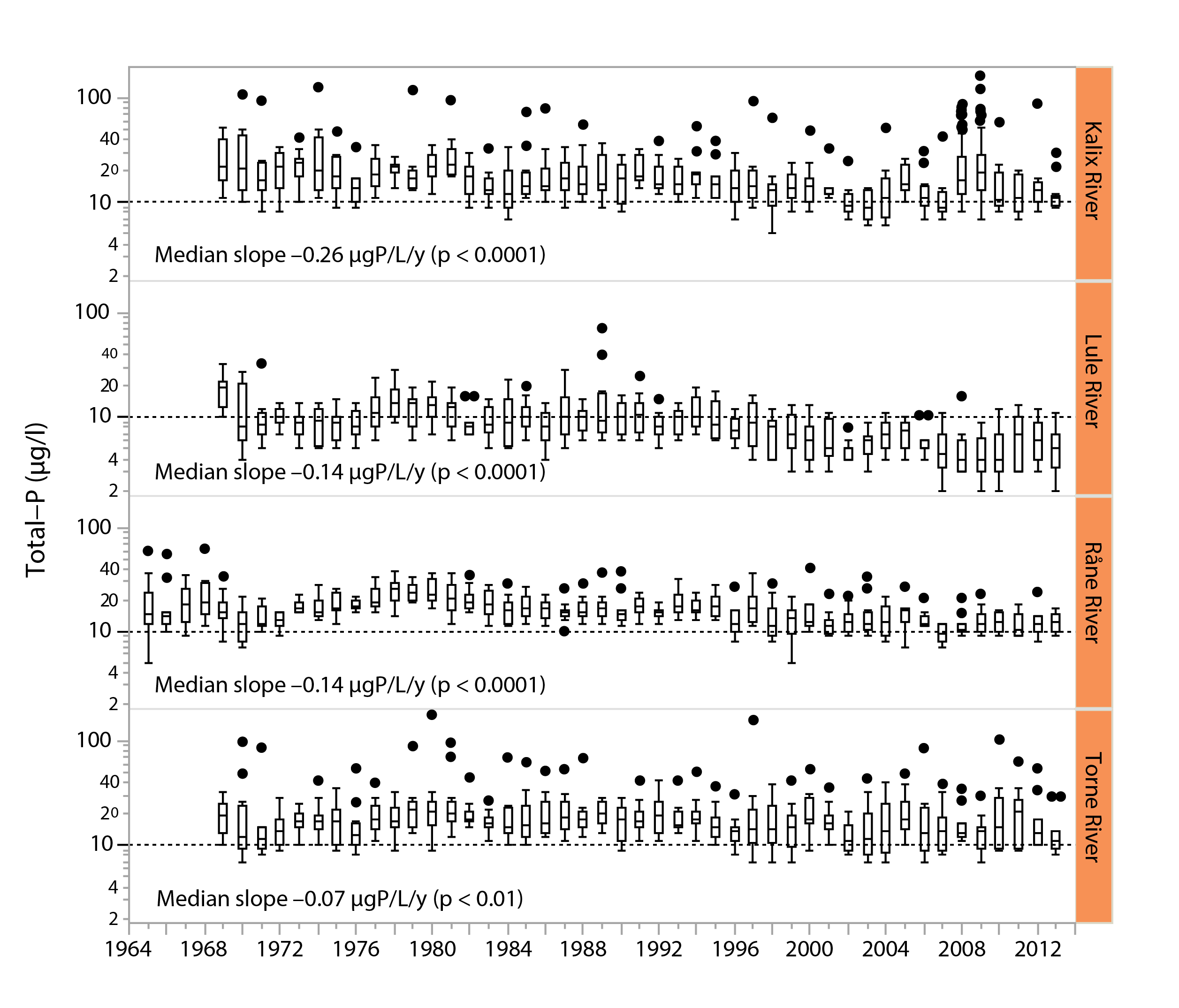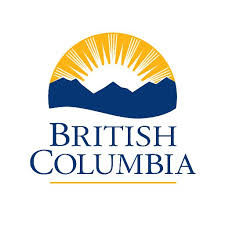inlandWaters
Type of resources
Available actions
Topics
Keywords
Contact for the resource
Provided by
Years
Formats
Representation types
Update frequencies
status
Scale
Resolution
-

Hydrography (HY) Iceland is one of 12 themes in the European Location Project (ELF). The purpose of ELF is to create harmonised cross-border, cross-theme and cross-resolution pan-European reference data from national contributions. The goal is to provide INSPIRE-compliant data for Europe. A description of the ELF (European Location Project) is here: http://www.elfproject.eu/content/overview Encoding: INSPIRE version 4
-

Abiotic drivers in North America, including (a) long-term average maximum August air temperature, (b) spatial distribution of ice sheets in the last glaciation of the North American Arctic region, and (c) geological setting of bedrock geology underlying North America. Panel (a) source Fick and Hijmans (2017). Panel (b) adapted from: Physical Geology by Steve Earle, freely available at http://open.bccampus.ca. Panel (c) source: Geogratis. State of the Arctic Freshwater Biodiversity Report - Chapter 5 - Page 86 - Figure 5-3
-

Figure 3-3 Long-term trends in total phosphorus water concentrations (μg/L) in four major, unregulated rivers that drain the subarctic Arctic/alpine ecoregion of the Scandinavian peninsula, the Kalix river, The Lule river, the Råne river, and the Torne river. Slopes and p-values are given in the different panels. Boxes indicate medians and 25th and 75th percentiles, while whiskers give the 10th and 90th percentiles. State of the Arctic Freshwater Biodiversity Report - Chapter 3 - Page 21 - Figure 3-3
-

Province-wide SDE layer showing licensed water sources (streams and lakes), under the Water Act, (current and historical), not captured (displayed) on TRIM base mapping (or Freshwater Atlas base mapping). Includes an attribute for the internal Source Code number, which is associated with the (E-Licensing) stream name.
-

Hydrographic Annotation based on the 1:50,000 scale Canadian National Topographic Series of Maps.
-

Index outlining historical floodplain mapping areas. Contains links to Floodplain Mapping Reports stored in Ecological Reports Catalogue (EcoCat)
-

Fisheries Information Summary System (FISS) layer of Historic (pre 2001) Fish Distribution Zones of BC streams. Includes salmonid rearing and spawning zones. Georeferenced to the stream centreline network layer of the 1:50,000 scale BC Watershed Atlas.
-

Stream Centreline Network derived from 1:50,000 scale mapping. Each stream channel is represented by one or more line segments. Based on the 1:50,000 scale Canadian National Topographic Series of Maps.
-

Existing flood protection works appurtenances on or near dikes, for example, pump house, floodbox, culvert, gate, gauge, weir, etc. Updated from available Provincial dike survey project data from 2019/2020. If 2019/2020 dike survey project data is unavailable, appurtenance data based on previous data from 2004 and prior. May include periodic updates depending on data provided by Diking Authorities and other sources. See Data Source under selected appurtenance for details. For more information on dike management and safety, please see: https://www2.gov.bc.ca/gov/content/environment/air-land-water/water/drought-flooding-dikes-dams/integrated-flood-hazard-management/dike-management For contact names regarding regional diking issues, please see: https://www2.gov.bc.ca/assets/gov/environment/air-land-water/water/integrated-flood-hazard-mgmt/dike_safety_program_contact_list.pdf
-

Watershed polygons of Third Order and greater based on the Strahler Stream Order classification method and the 1:50,000 scale Canadian National Topographic Series of maps.
 Arctic SDI catalogue
Arctic SDI catalogue